New Math - after the 1950's
There was a real focus on change in mathematics after the launch of Sputnik in 1957, as the Western world felt they had fallen behind the Soviet Union in math and science. New topics were introduced including logical math and calculus, and students were encouraged to take geometry and algebra. Some argued that new math was too abstract and did not focus enough on basic math skills.
Mathematical Tables (1949)
The hand held calculator wasn’t affordable to the average family until the late 1970s and it wasn’t a fixture in math classes until the 1980s. For this reason, children were still expected to memorize times tables and have quick recall well into the late 20th century. Mathematical Tables would have been used as a tool to help the students memorize calculations.
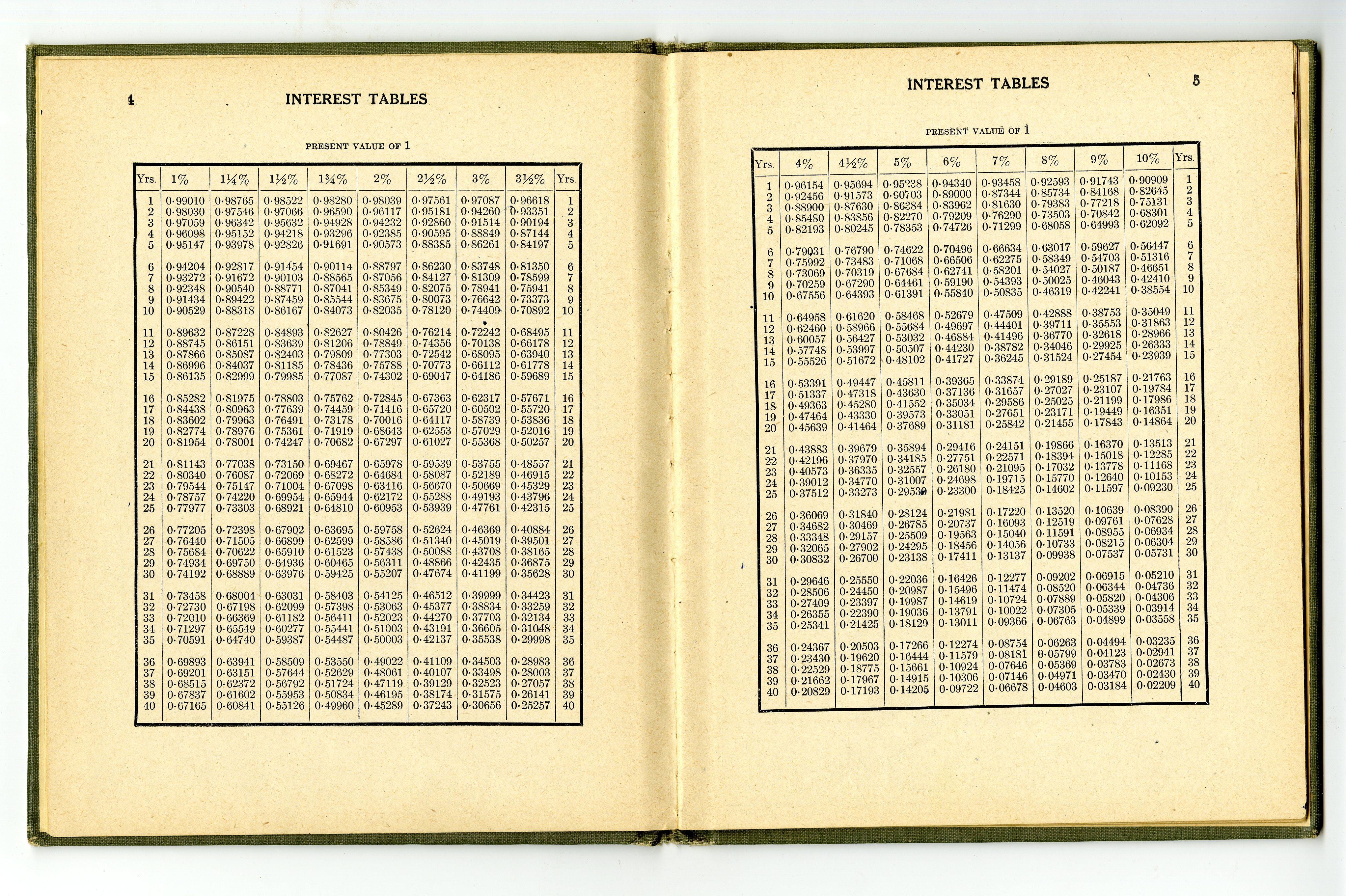 Mathematical Tables, 1949: YRDSB M&A Collection, 003.30.1
Mathematical Tables, 1949: YRDSB M&A Collection, 003.30.1
Discovering Meanings in Mathematics (1959)
This textbook demonstrates “New Math”, which focused on discovery based learning and more abstract math. This is a shift from the pre-1950s, when math subjects focused heavily on arithmetic, algebra, geometry, and trigonometry.
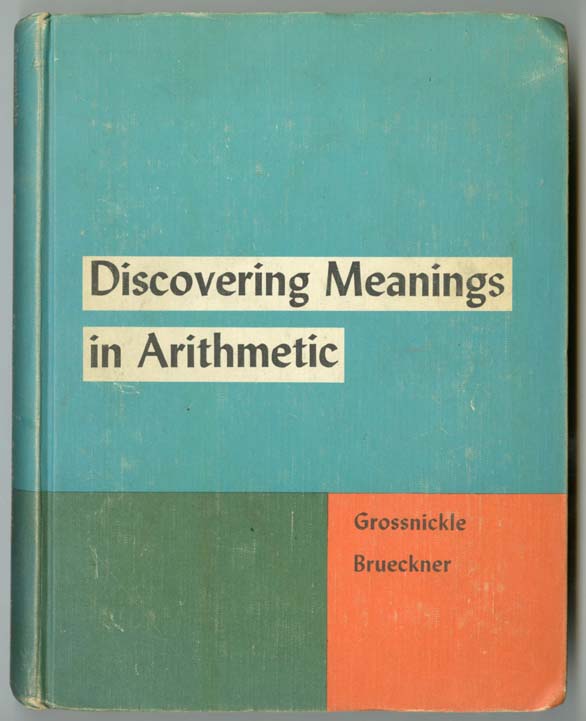 Discovering Meanings in Arithmetic, 1959: YRDSB M&A Collection, 014.11.170
Discovering Meanings in Arithmetic, 1959: YRDSB M&A Collection, 014.11.170
The Math Wars - 1970s to Modern Day
The debate continued over whether the “New Math” was teaching children proper math skills. This led some teachers to a “Back to Basics” movement, very similar to the Progressive Movement of the 1920s. However, to this day many teachers and mathematicians are divided over which teaching style is more effective when teaching math. This has led to what some call The Math Wars.
Mathematics Skill Building (1972)
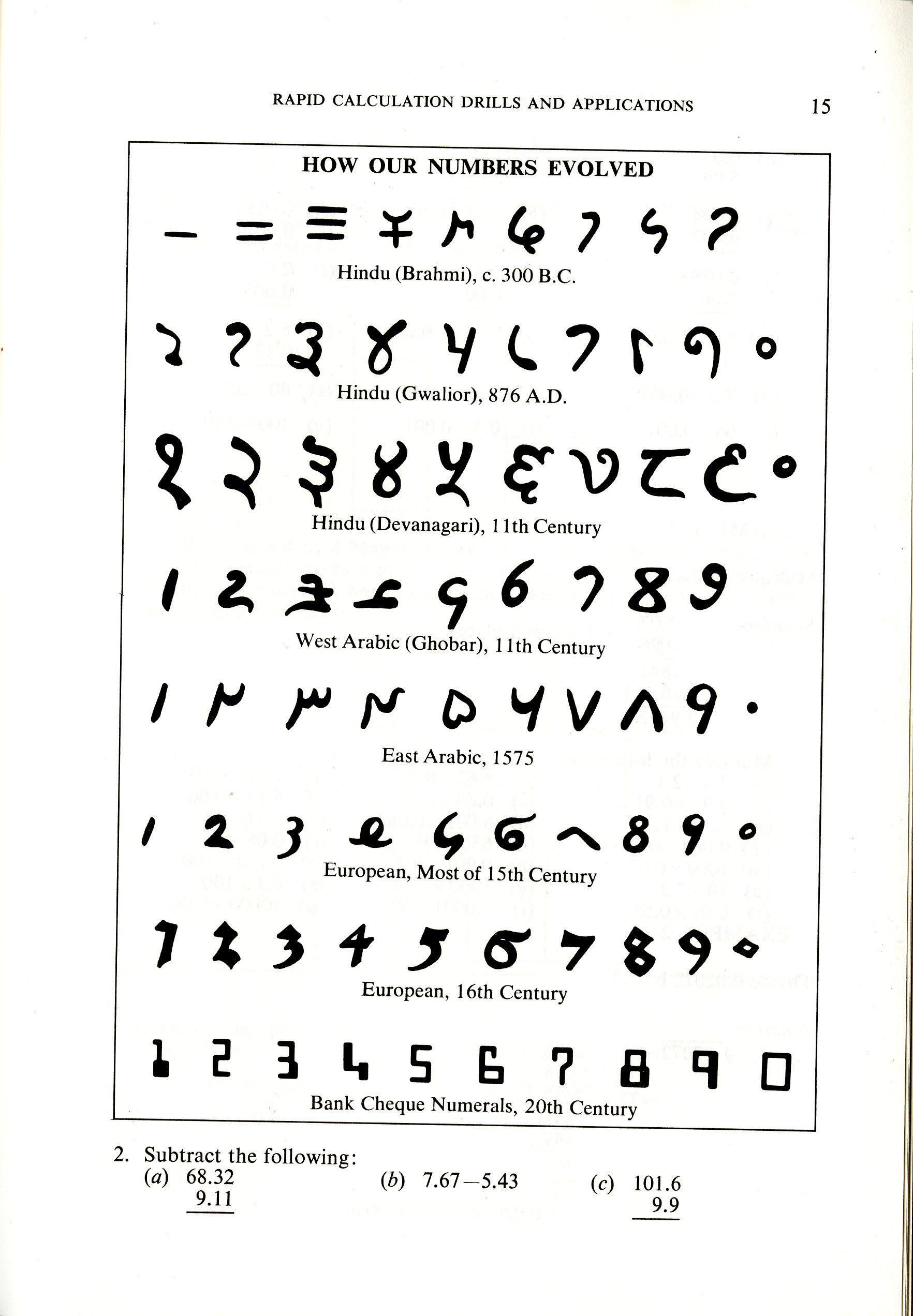 Mathematics Skill Building, 1972: YRDSB Museum & Archives Collection
Mathematics Skill Building, 1972: YRDSB Museum & Archives Collection
During the 1970s there was a broadening of math education to include things like the history of numbers. This excerpt from page 15 shows Hindu and Arabic numeral styles.
Digital Computers and Related Mathematics (1961)
After the invention of the computer in 1946 and an increased focus on technologies, new branches of math were created. For example, this textbook shows early lessons in computer science. Here you can see examples of binary, a numeral system that uses only 0s and 1s, and the mathematics of switchboard circuits.
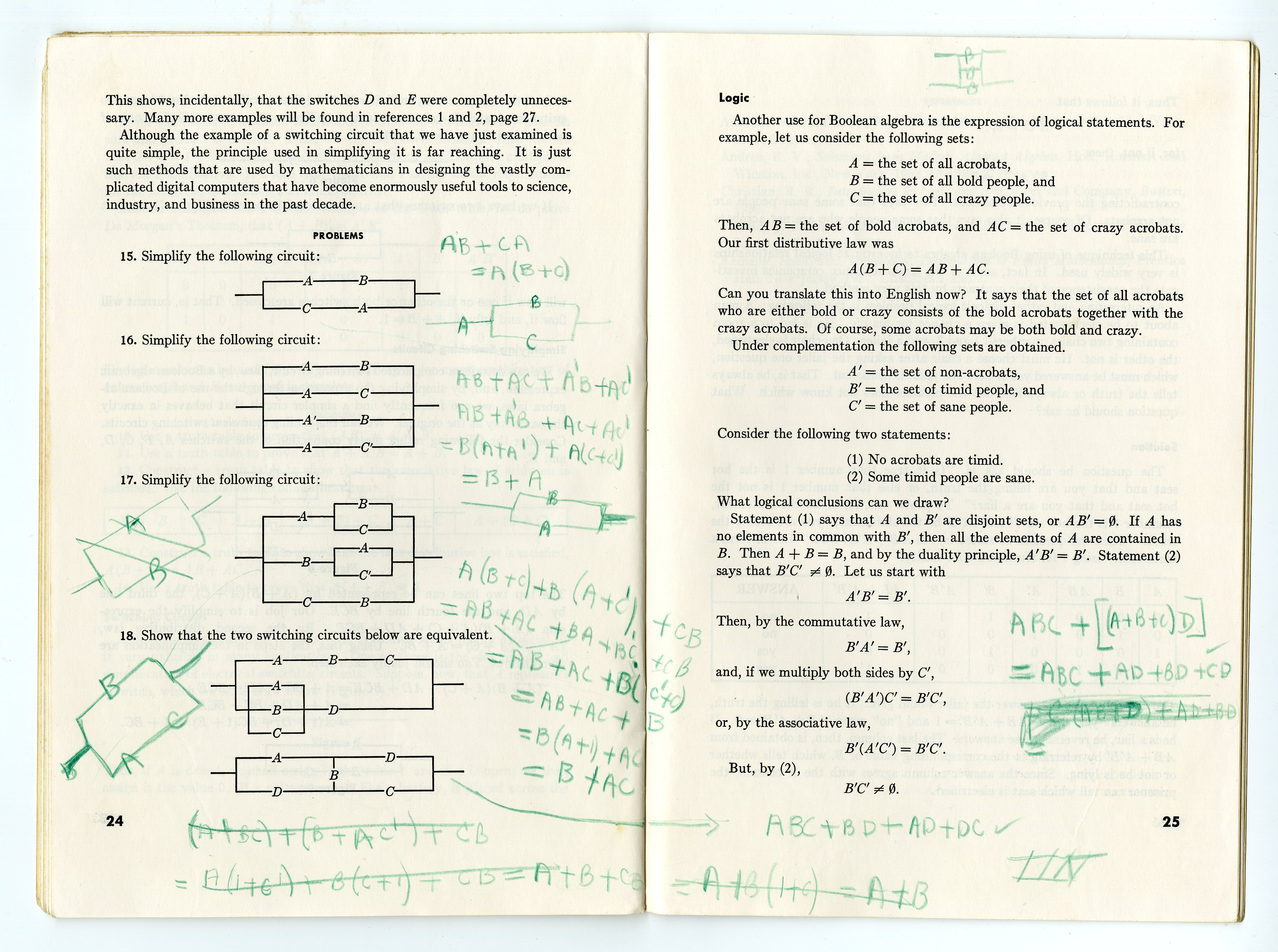
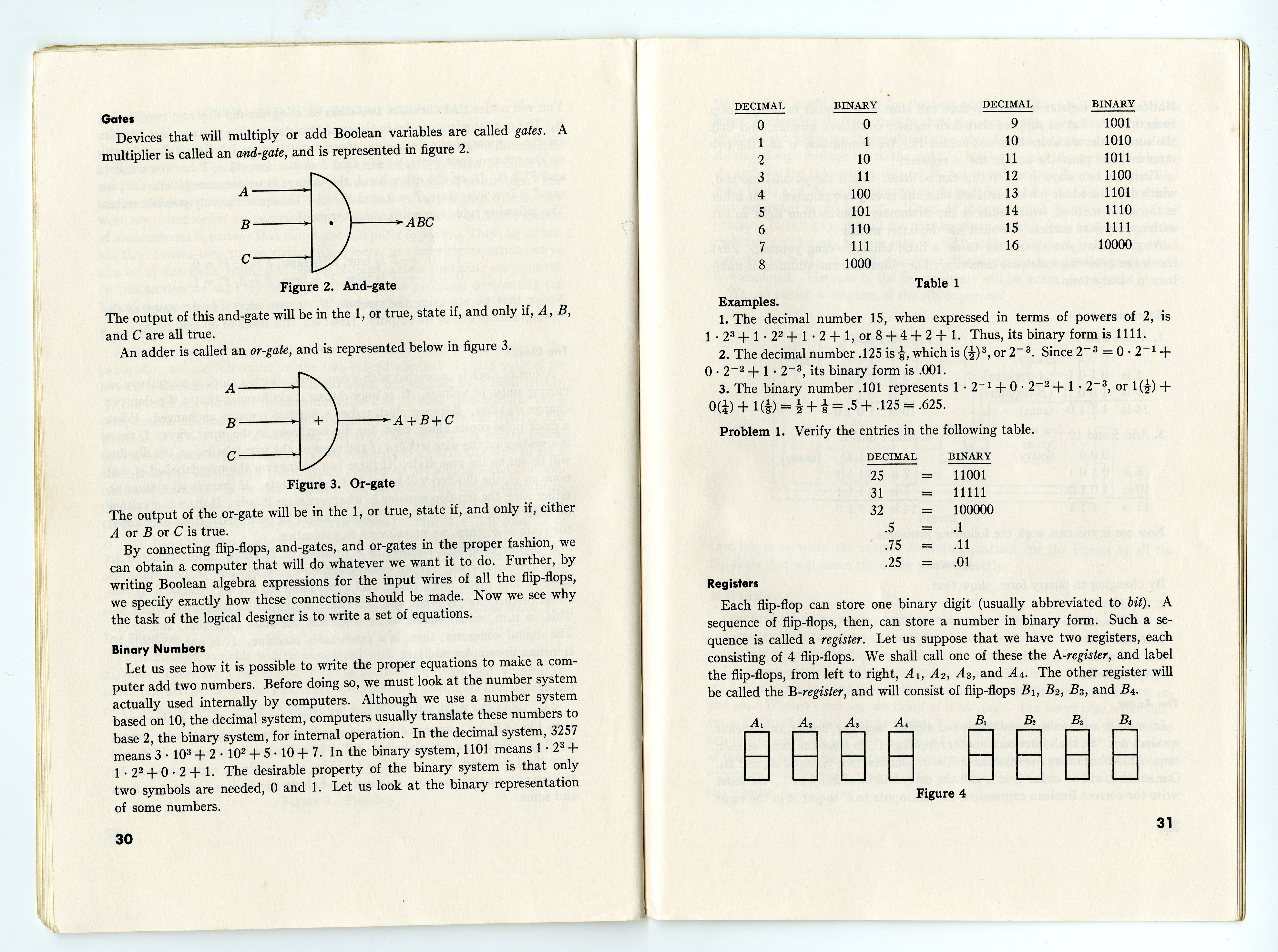 Mathematics Book, 1961: YRDSB Museum & Archives Collection
Mathematics Book, 1961: YRDSB Museum & Archives Collection